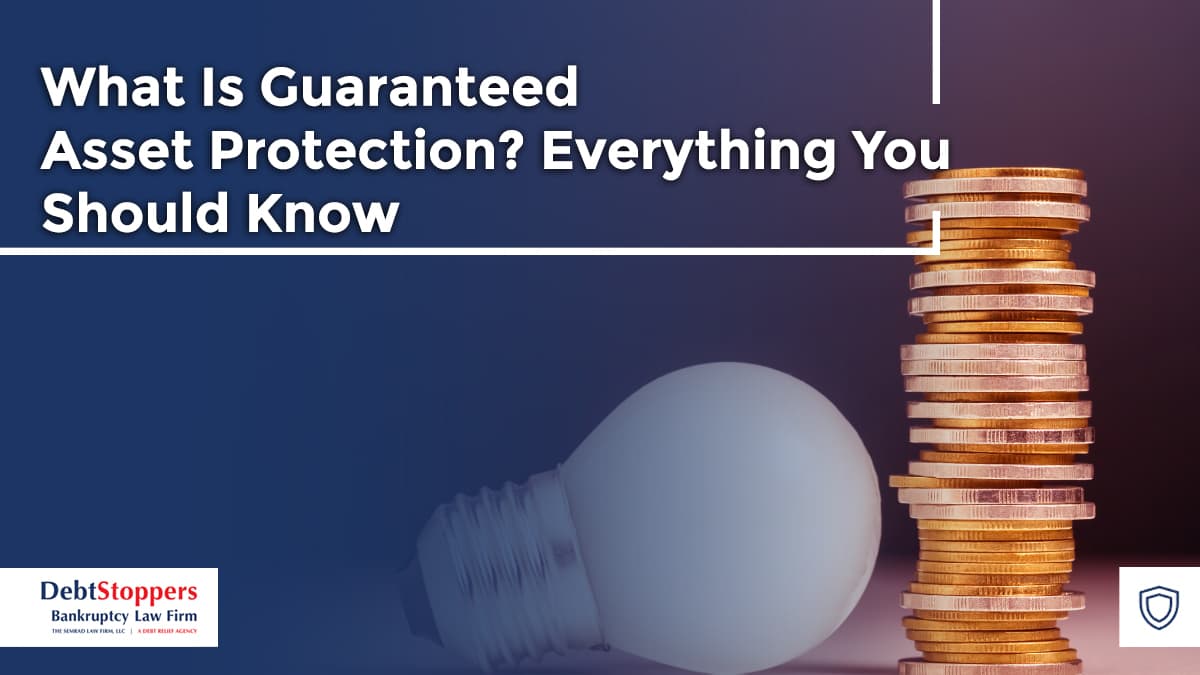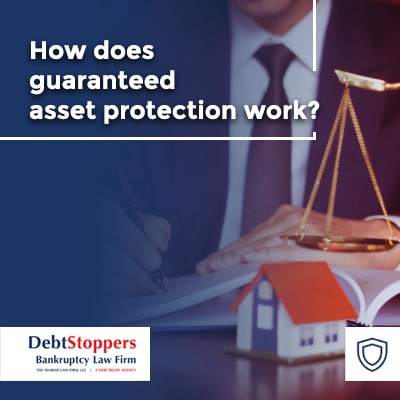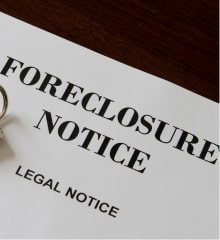What Is Guaranteed Asset Protection? Everything You Should Know

If you recently purchased a new vehicle or are thinking about getting a new car, you might be wondering about the pros and cons of Guaranteed Asset Protection, also known as GAP or GAP insurance. This blog will explain the meaning of GAP, how it works, and who could benefit.
Guaranteed asset protection: Meaning
Guaranteed Asset Protection (GAP) is sometimes called GAP coverage or GAP insurance; it is an optional insurance coverage offered as a supplement to an auto, motorcycle, boat, ATV, or RV loan.
Guaranteed Asset Protection is a product that is intended to provide protection from negative loan equity. Negative equity means that you owe more than your vehicle is worth, which is a situation many people find themselves in after buying their car.
If you’re still asking yourself what is guaranteed asset protection in practice, think of it as financial backup for worst-case scenarios. The primary purpose of GAP insurance is to offer a level of protection for the investment you made in your vehicle. If insurance ever deems your vehicle a total loss or if your car is stolen, GAP insurance can provide coverage for the difference between what you owe and what your insurance pays.

How does guaranteed asset protection work?
Guaranteed asset protection can be confusing, and you may be wondering how it works. Simply put, GAP insurance protects you from depreciation. Once you buy your car, its value starts to decrease—sometimes significantly. If you finance or lease a vehicle, this depreciation leaves a gap between what you owe and the car's value.
For example, if you finance a new car for $35,000 and after a couple of years the vehicle's worth $25,000, but you still owe $30,000 on your loan, representing a $5,000 gap. If the vehicle is totaled, your insurer would pay you $30,000 (minus your deductible). Without gap insurance, you'd only receive $25,000 (minus your deductible).
Who could benefit from guaranteed asset protection?
People who might benefit from guaranteed asset protection are typically people with longer loan terms who are at a greater risk of being upside down in their loans. If you purchase a new vehicle and pay little or nothing down, you’re at risk of being upside down in your loan as soon as you drive the car off the lot. If you’re unable to cover any gaps in coverage, you might want to consider guaranteed asset protection.

Is guaranteed asset protection worth it?
Some people find Guaranteed Asset Protection (GAP) worthwhile in certain situations, but not always. It’s important to understand the pros and cons and make an informed decision. Here are a few things you should think about when considering if guaranteed asset protection is worth it.
You might decide to purchase guaranteed asset protection if you didn’t pay anything down for the car. If you financed most or all of the vehicle purchase, you’re more likely to owe more than the vehicle is worth. If that’s the case, you might benefit from GAP coverage if your vehicle is totaled or stolen.
Additionally, if your auto loan is spread over a long period (usually more than 60 months), you will build equity more slowly and might want to consider GAP insurance. Additionally, if your car depreciates quickly. Simply put, new vehicles lose value as soon as you drive them off the lot - sometimes up to 25% in the first year.
Another situation that might warrant GAP coverage is if you’re leasing the vehicle. Many lease contracts require GAP coverage.
On the other hand, you might not want GAP insurance if you made a significant down payment. If you’re not upside down in the loan, GAP insurance is typically not worthwhile. Alternatively, if you have a short loan period, you’re at a lower risk of needing GAP coverage. For example, if your loan term is less than 36 months, GAP insurance is less valuable.
Another thing to consider is what you would do in a worst-case scenario - for example, what would you do if your car was stolen or totaled in an accident? If you could afford to pay for any gap out of pocket, you probably don’t need additional coverage. You also may want to consider whether your vehicle has already hit peak depreciation. GAP protection typically is not utilized for older vehicles or vehicles that are much lower in value.
Some people are skeptical of GAP coverage and rightfully so. It’s important to understand what you’re getting if you decide to purchase GAP coverage. Historically, some dealers have marked up GAP insurance policies significantly or bundled it with explaining the coverage, making some buyers believe it’s mandatory. These types of situations have soured many people on the coverage. Additionally, sometimes dealers or insurance companies will advertise refunds if the car is sold or the loan is paid off early; however, in reality, getting a refund is not always easy.
If you’re considering GAP coverage, it’s wise to check if your current insurance or loan already includes GAP coverage or a similar alternative.
GAP insurance may be worth getting if you are at a higher risk of being upside-down on your loan, especially for a new car with a long loan term. However, GAP coverage is not always needed, and not every policy is a good deal, so it is wise to make an informed decision.





